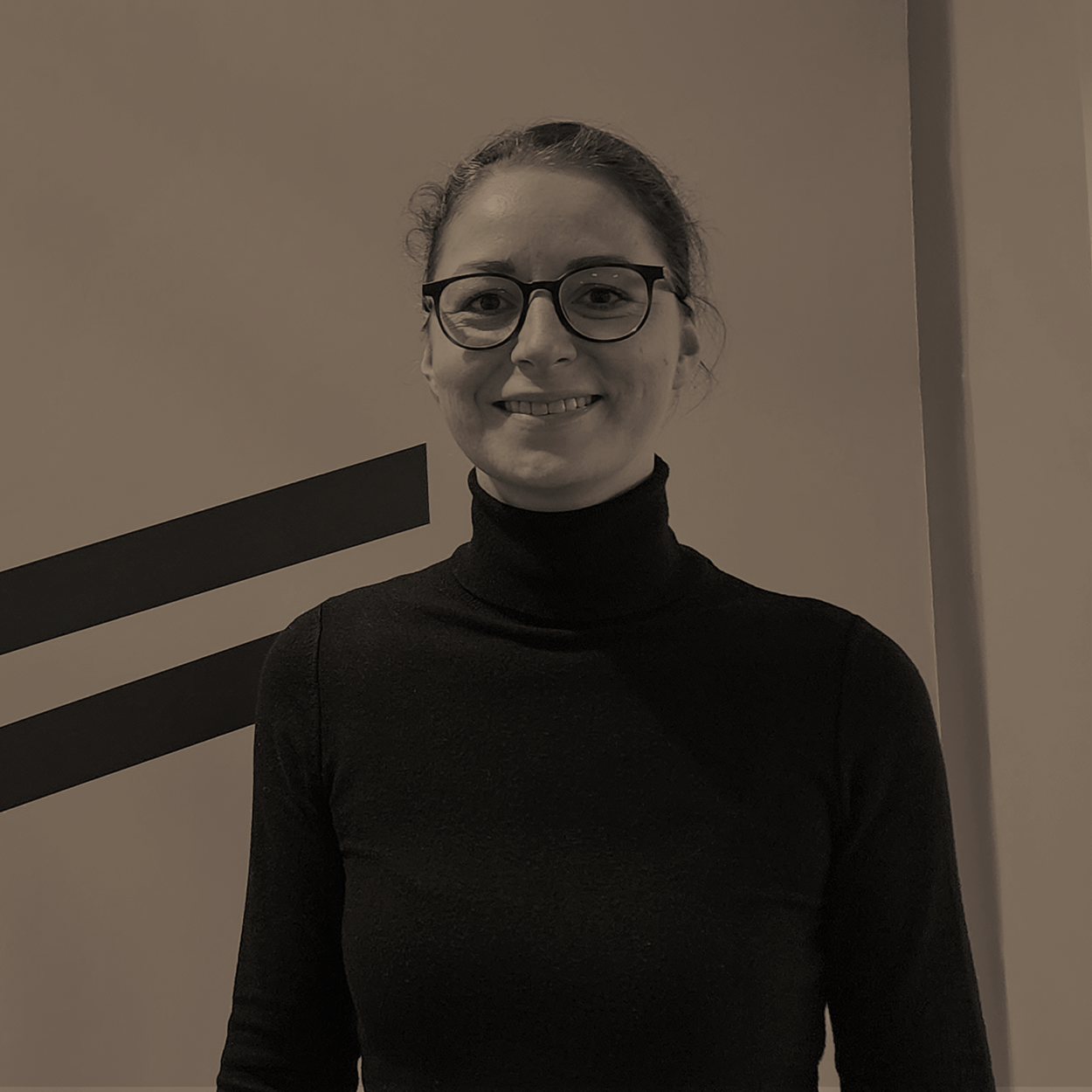Our Team

Dr Jelena Jovanović
PI of the project MOVE, works as a Research Associate at the BioSense Institute, University of Novi Sad. She is a bioarchaeologist with comprehensive experience in the analysis of human skeletal remains from a vast number of Neolithic sites in the Balkans. Her
research is mainly focused on the reconstruction of the diet, health, and lifestyle of prehistoric
communities in the Balkans through multidisciplinary analysis of their remains.
Within several
international projects, she completed internships in the field of stable isotope analysis in foreign
laboratories and gained valuable experience. As a teaching assistant and later Assistant Professor
at the Department of Archaeology, Faculty of Philosophy, University of Belgrade (2013-2020)
she taught bioarchaeological courses with a special focus on the application of stable isotopes in
archaeology.
As a Work Package 1 and 2 (WP1, 2) coordinator on the MOVE project, she will employ her skills to obtain relevant data on the lifetime movements, mobility, and diet of Neolithic communities on the territory of the Southern Carpathian Basin. As she also has vast experience in dissemination activities, such as those organizing scientific and popular workshops and exhibitions, she will coordinate dissemination activities on the MOVE project through Work
Package 5 (WP5) as well.

Dr Tamara Blagojević
works as a Research Associate at the BioSense Institute, University of
Novi Sad. She is an archaeologist with a lot of experience studying population dynamics,
settlement patterns, and human-environment interactions during the Neolithic period in
Southeastern Europe. She has skills in applying different quantitative analyses in archaeological
research and in using different statistical and GIS software.
As a Work Package 3 (WP3)
coordinator on the MOVE project, she will employ her skills for obtaining relevant data for and
performing contextual analyses, modeling radiocarbon dates, and all other quantitative analyses
relevant to the implementation of the WP3, as well as other work packages within the project.
Tamara has been engaged in several national and international scientific projects, one of them
being the ERC Project BIRTH (2015-2020).
She authored and co-authored more than 15 scientific papers and book chapters in high-ranking international and national journals and books, as well as presented her research at numerous international and national conferences. Her secondary field of expertise is archaeozoology. Tamara’s contribution to the MOVE project
stems from her knowledge of different processes and mechanisms during the Neolithic, as well as her experience in the research of settlement patterns and population movements, along with her experience in data management, quantitative analyses, and modeling of radiocarbon dates.

MSc Nejra Omerović
works as a Research Assistant at the BioSense Institute, University of
Novi Sad. She is also a PhD candidate at the Faculty of Technology, University of Novi Sad. Her
current research activities are focused on biopolymers and their nanocomposites. In her research,
she employs various methods for material characterization, including computed tomography
(micro-CT).
As a member of the MOVE project, Nejra will analyze human and animal teeth
using micro-CT, which will enable a better interpretaion of the the obtained results on the diet
and movements of people and animals in the Neolithic period.

MA Maja Kokanović
is a Junior research assistant at the BioSense Institute. She obtained her BA (2018) and MA (2022) degrees from the Department of Archaeology, Faculty of Philosophy, University of Belgrade, in the field of zooarchaeology. She is currently in the second year of her doctoral studies at the same university.
The area of her research is the study of the archaeozoological aspects of the dietary patterns of the population during the prehistoric and historical periods. Maja's responsibility within Work Package 4 (WP4) is to collect and analyze faunal samples from the Neolithic sites in Serbia and Croatia included in the project.
She will perform a basic archaeozoological analysis to identify potential differences and similarities in animal husbandry, hunting, and fishing during the Early and Late Neolithic periods. In addition, certain animal teeth will be subjected to stable strontium isotope analysis to create a local strontium map. Stable isotope analysis of carbon, nitrogen, and sulfur will also be performed on faunal remains in order to reconstruct the dietary patterns of humans and animals during the Neolithic period. Studies of this type will contribute to a better understanding of individual human and residential mobility patterns.